Why, hello there. I thought I’d share some sentiments about Slovenia with you. After visiting Bavaria, Will and I took a train through the Austrian Alps to Slovenia. The train journey was majestic. The Austrian alps may not have resonated with the sound of music, but they stunned with the glory of nature.
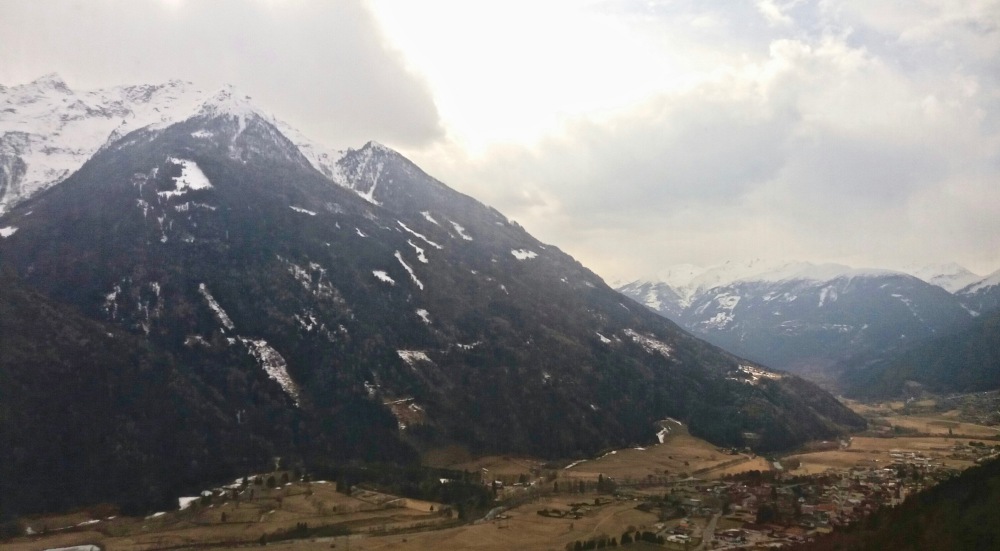
Upon arriving in the capital of Slovenia, Ljubljana, I found the city more mysterious by day, but more beautiful by night.
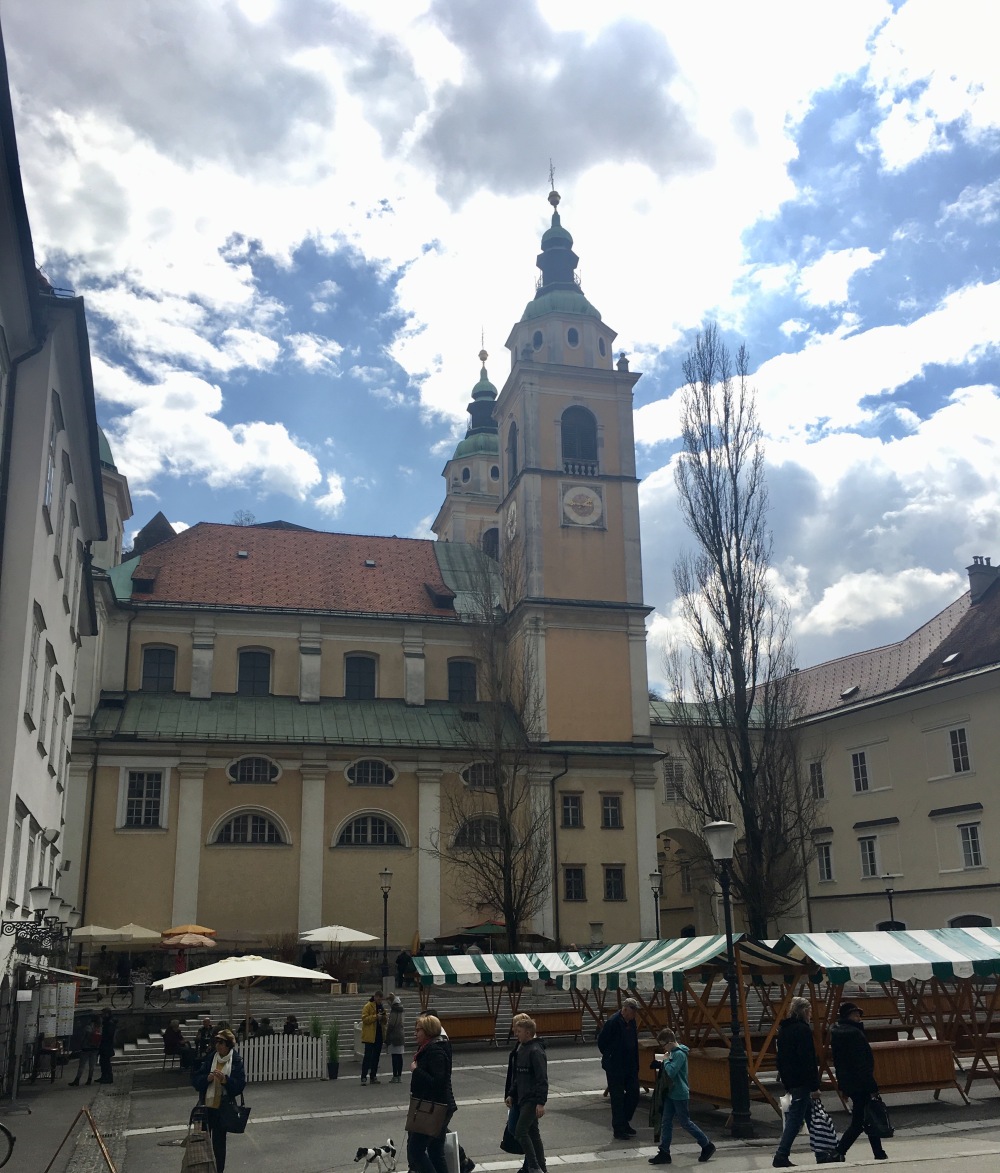
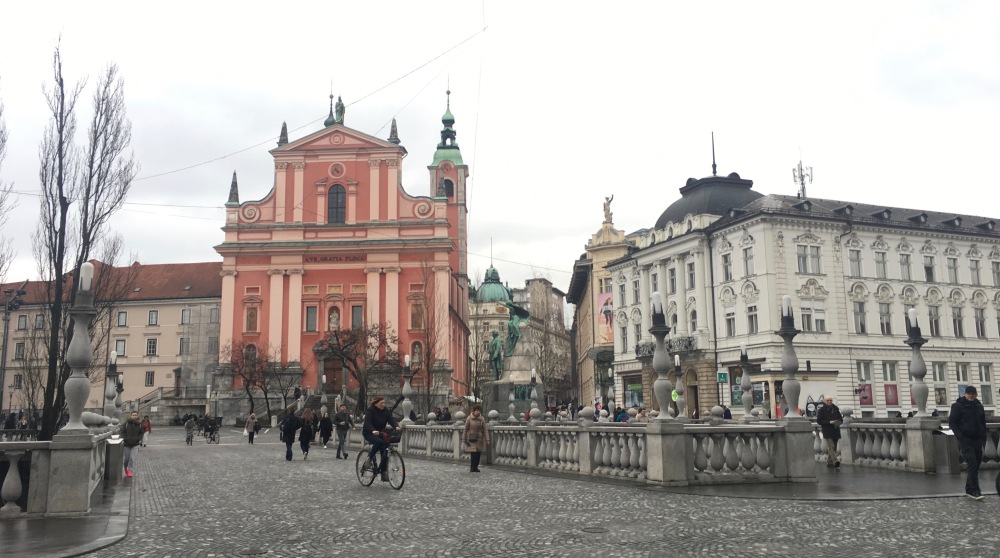
By day, I was struck by the sight of once beautiful, but now abandoned and dilapidated buildings. It reminded me of the words from Proverbs 31: “Beauty is fleeting.” During the communist period under which Slovenia was a part of Yugoslavia, the government commissioned a myriad of elaborate buildings (some would say vanity projects). When Yugoslavia violently dissolved and communism collapsed in Slovenia, there was no longer an incentive to maintain such decadent and expensive buildings. Hence, they decayed over time.
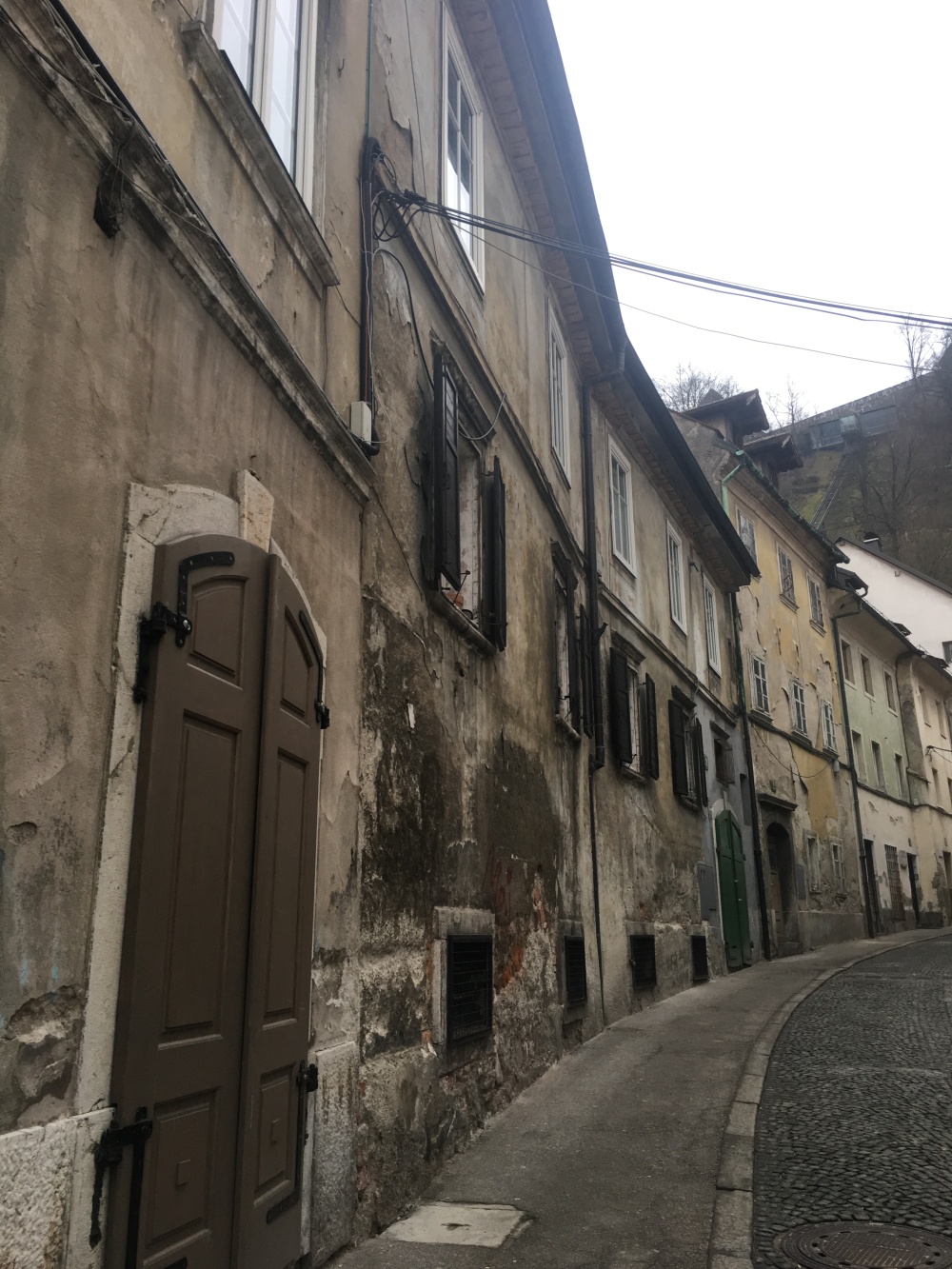
By night, the city possesses a haunting charm. Perhaps the magic lies with the dragons that line the bridges. Or perhaps the night’s darkness heightens the drama of the colorful edifices illuminated by ornate street lamps.
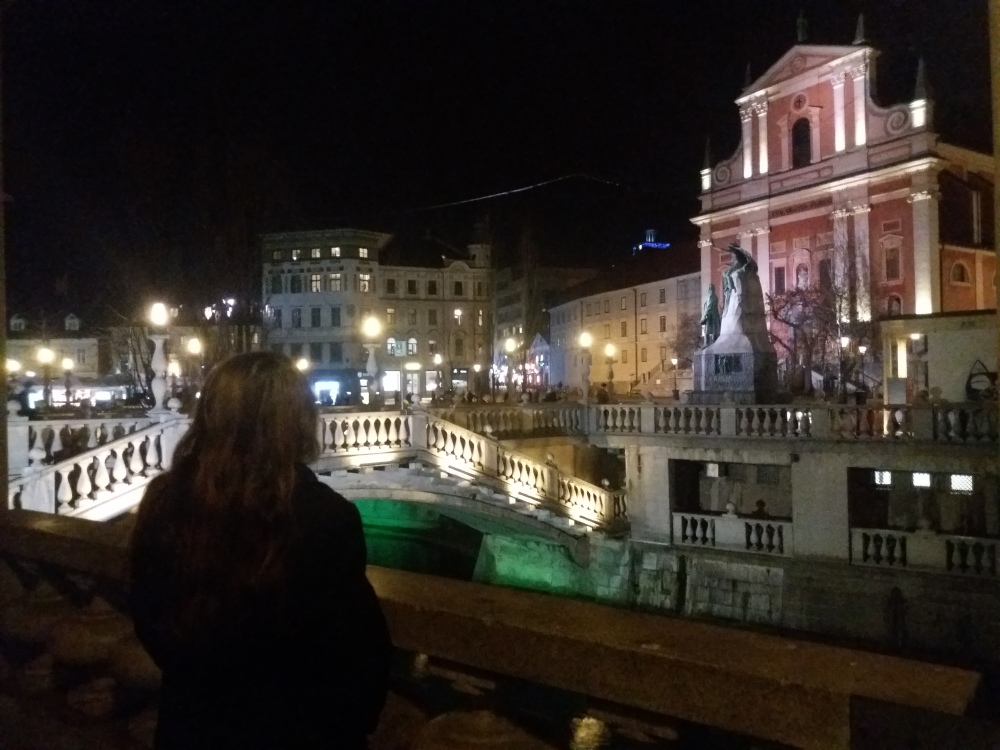
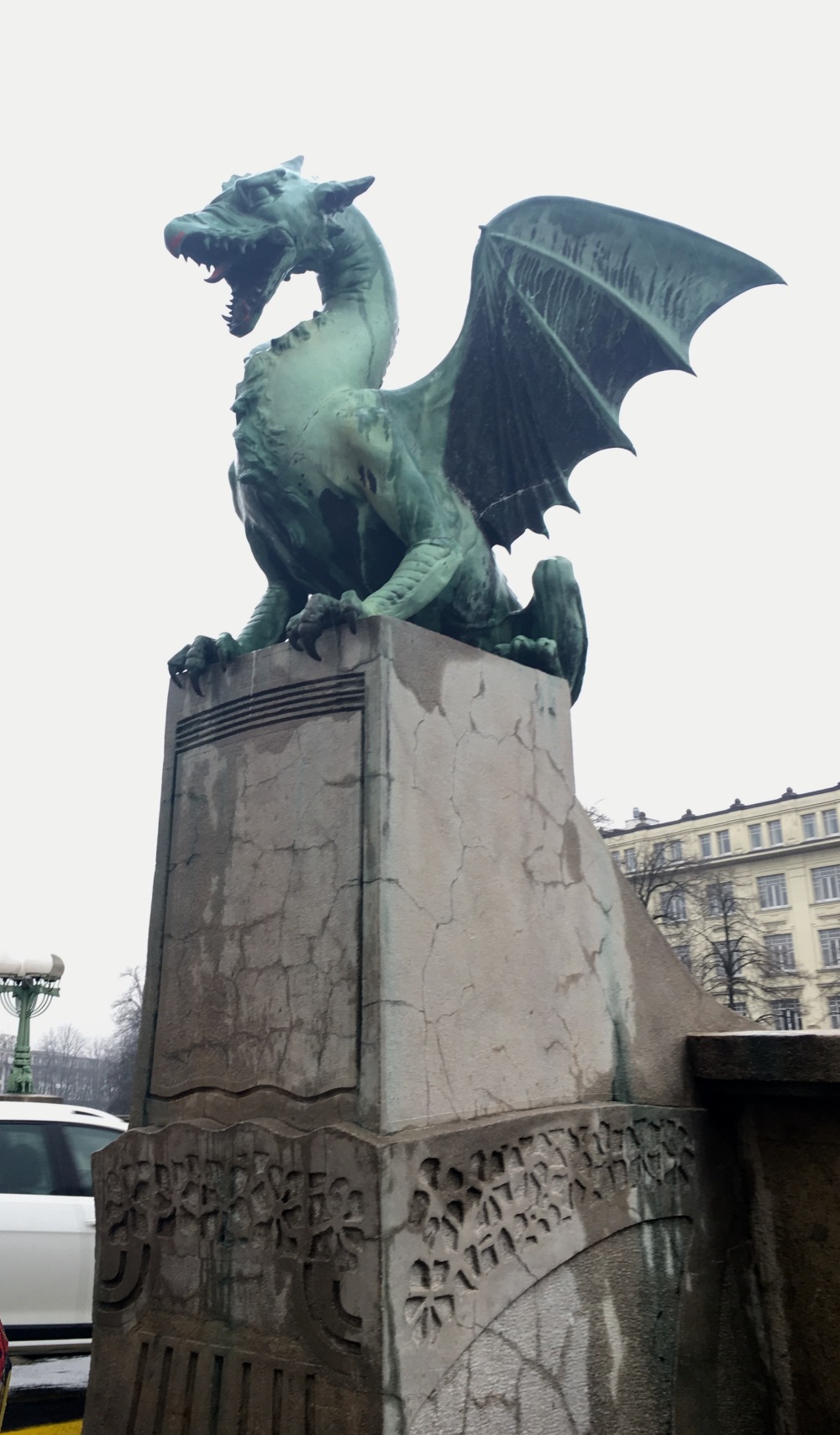
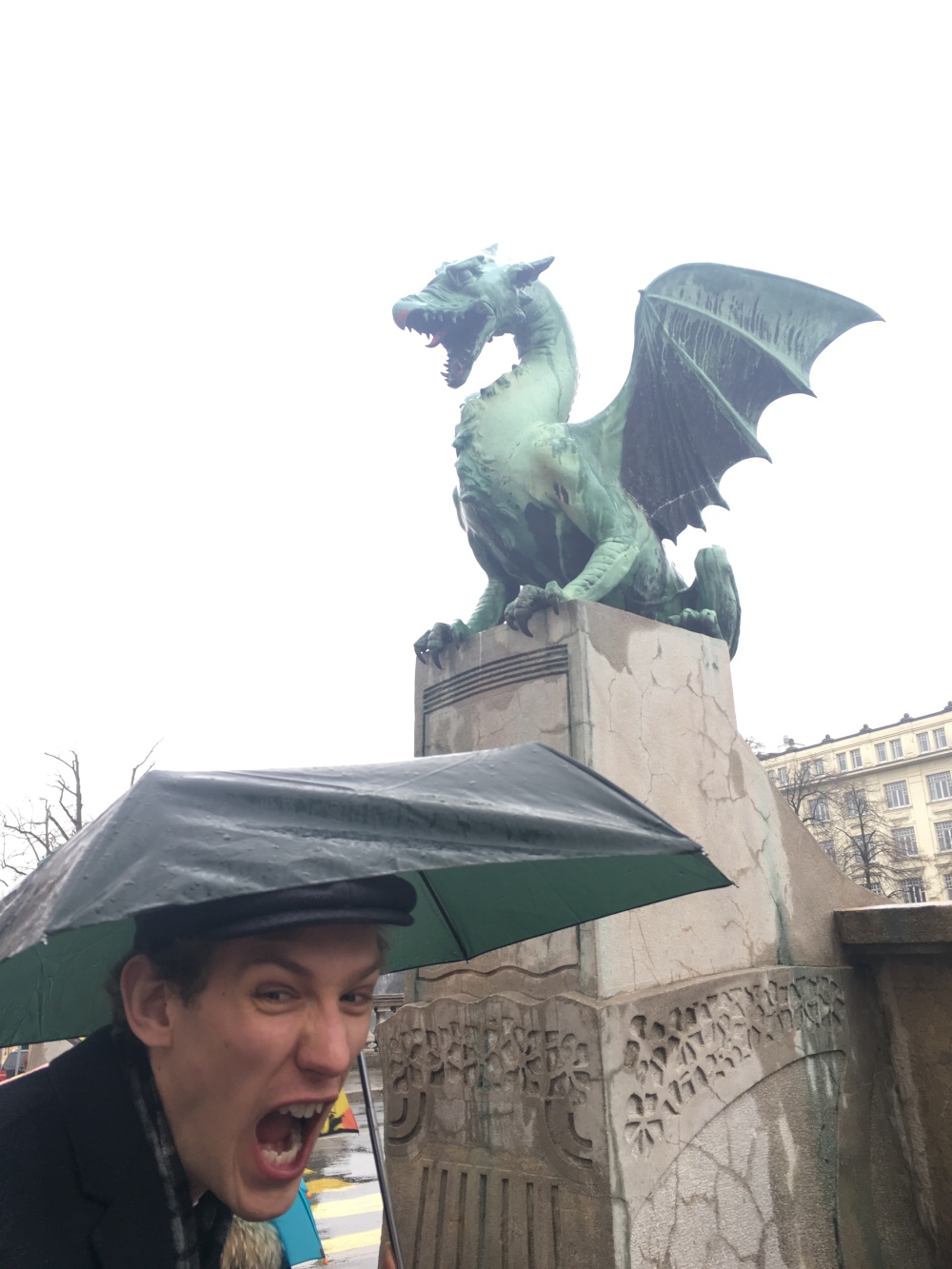
On our first evening in Ljubljana, we meandered around the city and discovered a plethora of bridges. Ljubljana is famous for its bridges, especially Triple Bridge, which is exactly what it sounds like: three bridges next to each other. There is something rather charming about the frivolity of building three pedestrian bridges right next to each other. So often these days things are done solely for utility, so to see something done solely for beauty is reassuring.
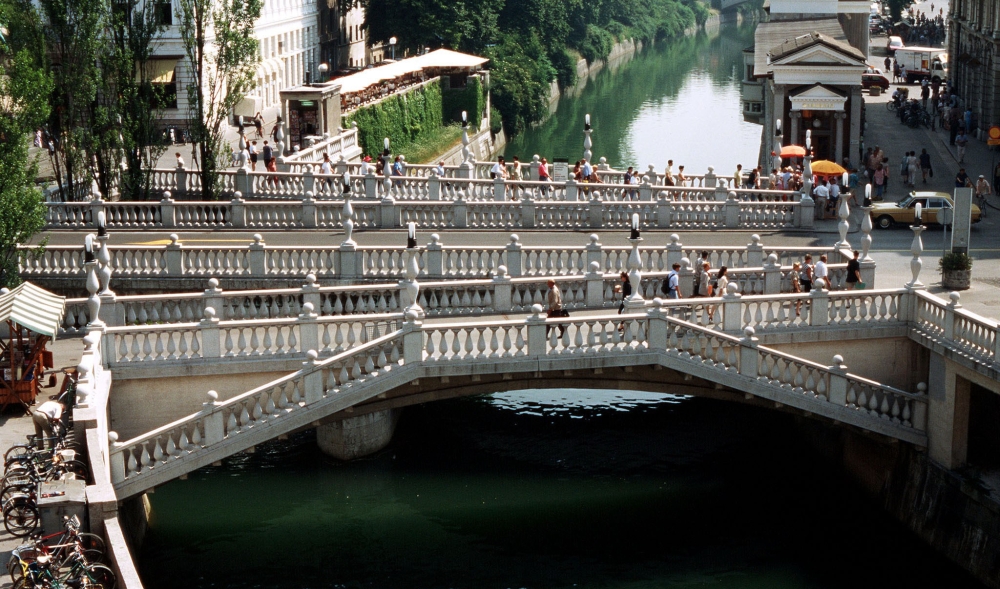
It began to rain, but we didn’t let that hinder our long walk through the city.
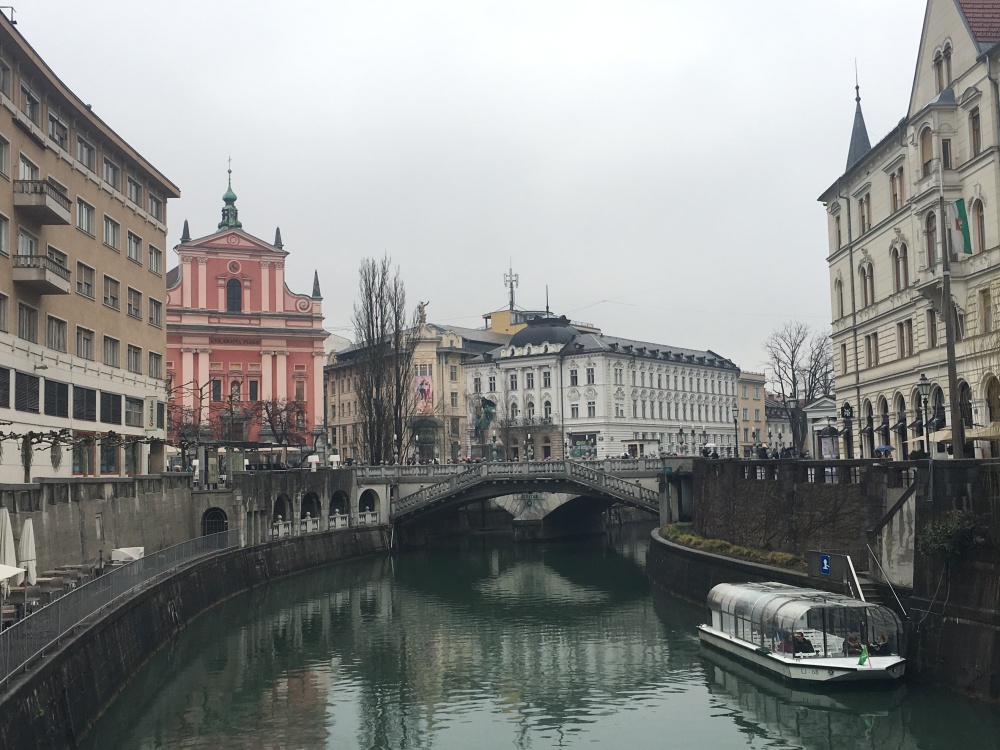
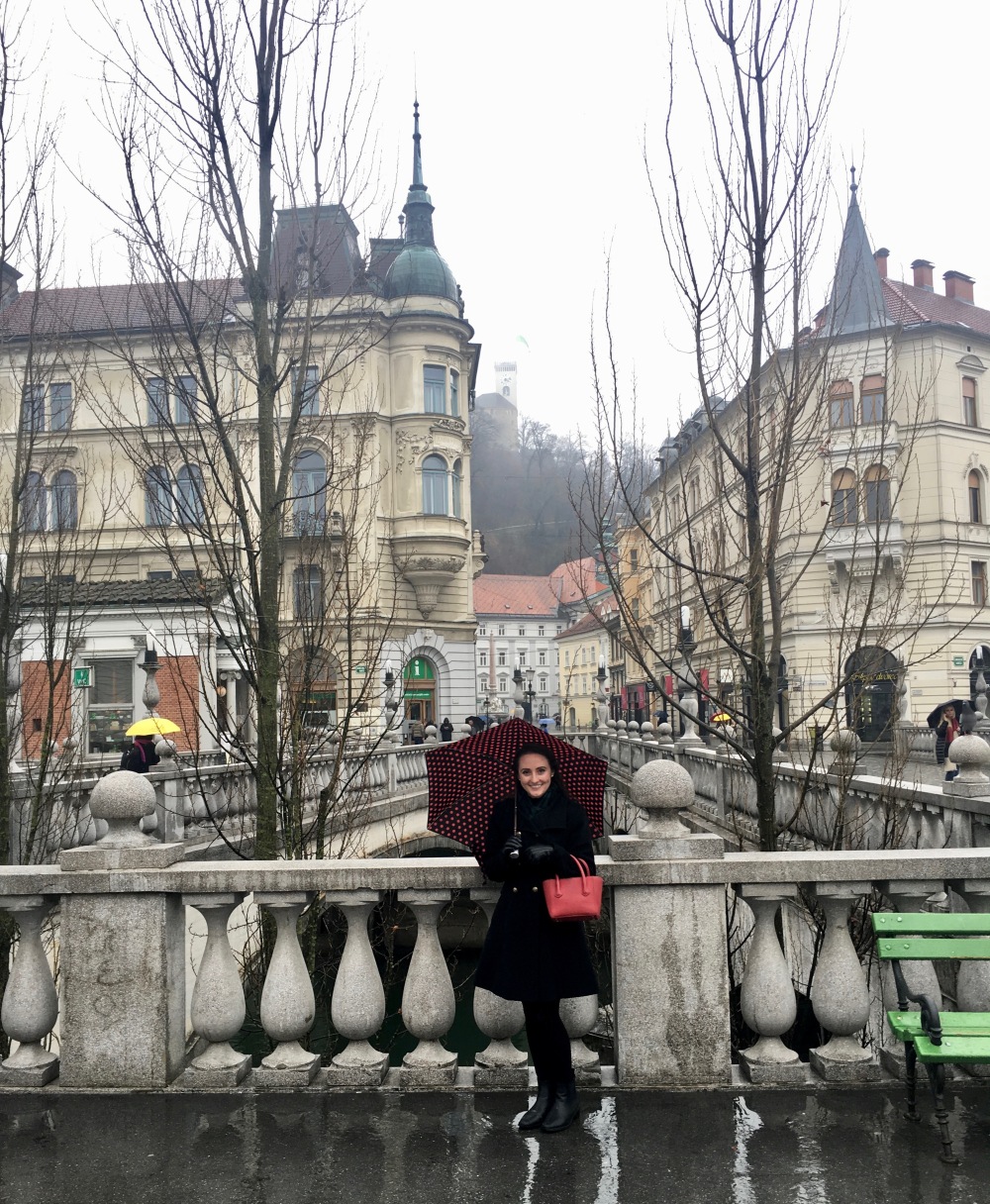
For dinner, we tried Prekmurski Bograč, a traditional Slovenian stew composed of pork, beef, venison, potatoes, onions, and garlic. The restaurant Güjžina served the stew to us in what looked like a small witches’ cauldron, which was actually quite genius because it allowed for a candle to be kept underneath the food to keep it warm.
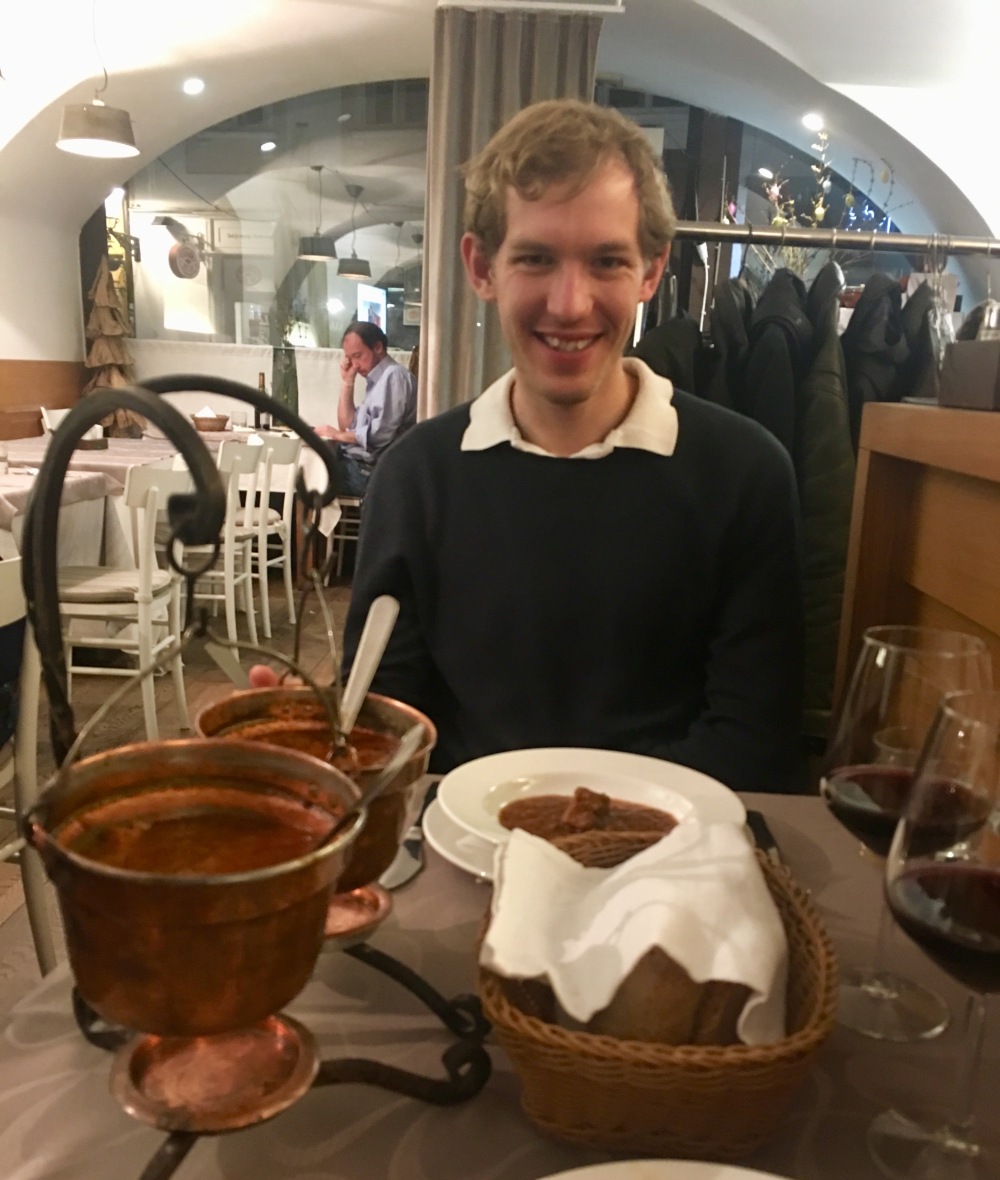
On our second day in Slovenia, we boarded an old coach bus to Lake Bled.
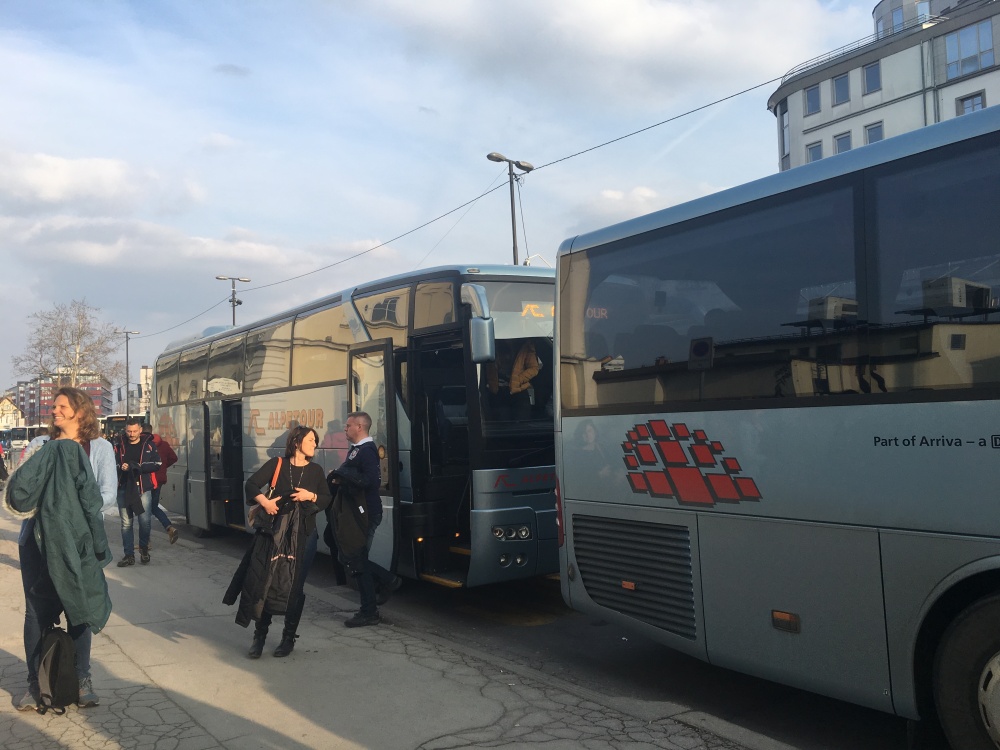
Upon arriving in Lake Bled, we immediately knew the long journey was worth it.
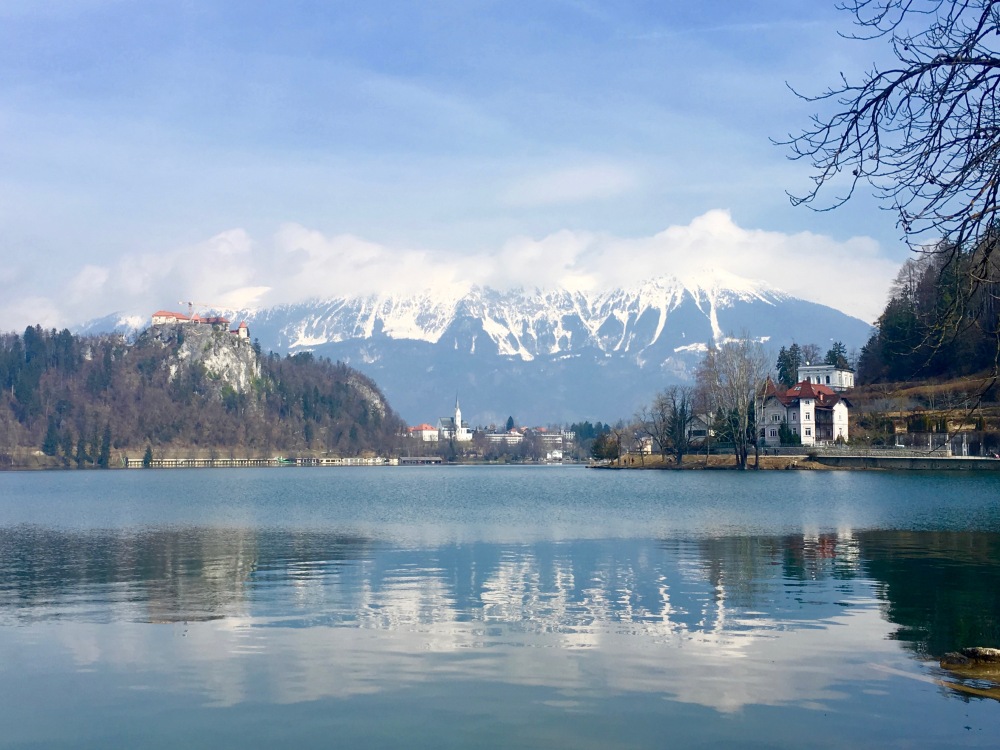
Lake Bled holds the distinction of having the only island in Slovenia, and with its backdrop of an old church on an islet, a medieval castle perched on a rocky cliff, and the Julian Alps, Lake Bled’s loveliness abounds.
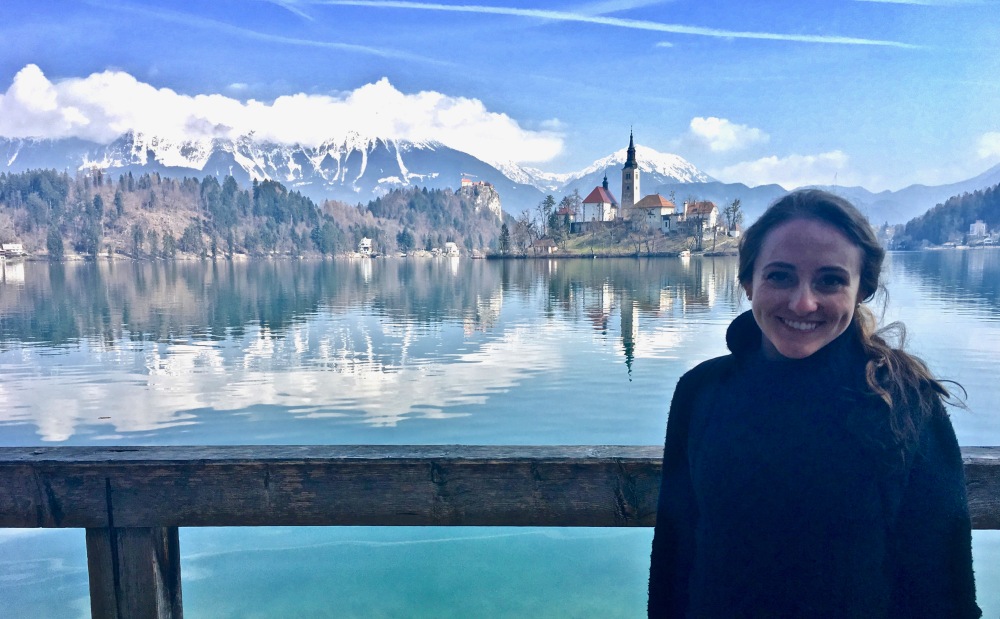
Lake Bled is one of the most iconic and historic places in Slovenia. In the 19th century, it was visited by hydropathy enthusiasts. In the 20th century, Lake Bled functioned as a prominent health resort in Austria-Hungary. After World War II, it became one of the most important state protocol residences. Hence, over the centuries, many people have felt the irresistible call of Lake Bled’s beauty. Count me in among the wooed.
Although Lake Bled is stunning, it can also be confounding. We went for a hike and encountered nebulous signs that did more to confuse us than help us.
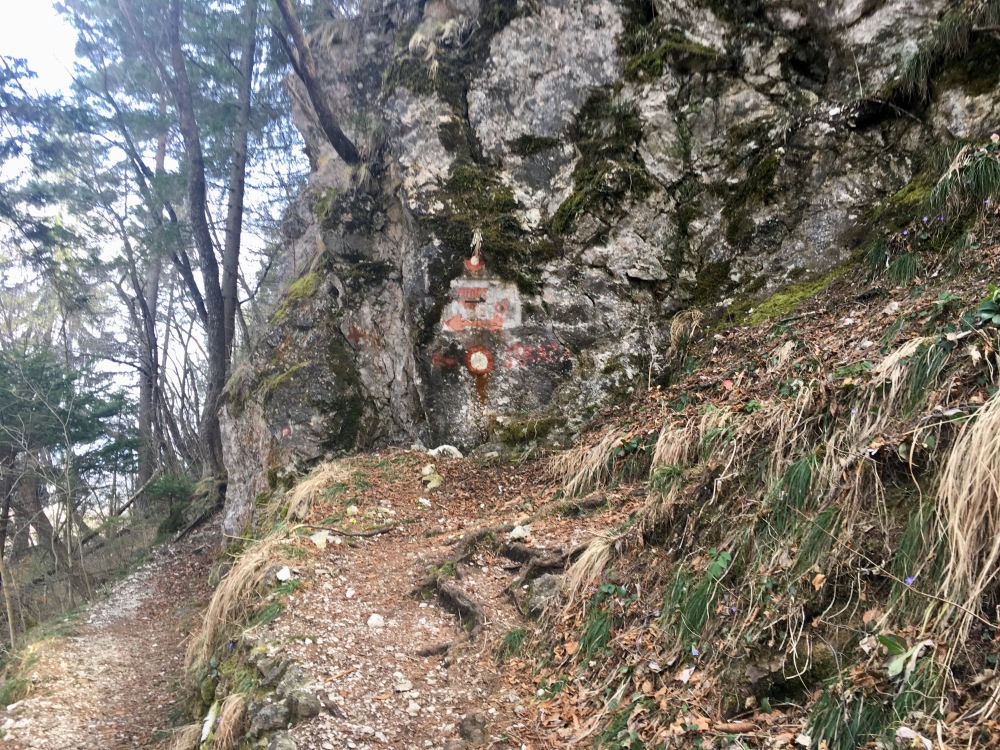
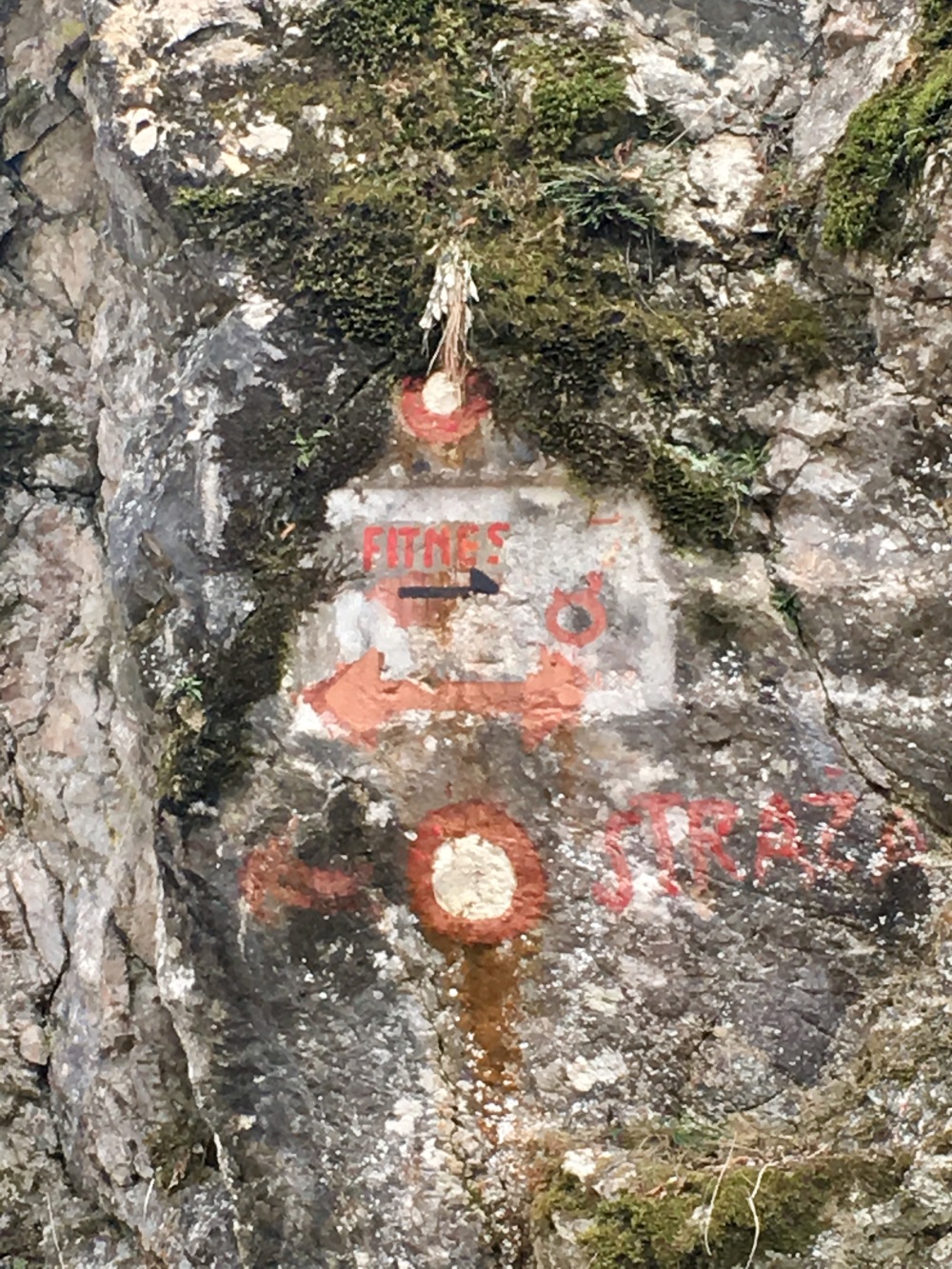
Ah, I see, I am supposed to turn right and left simultaneously!
The hike proved itself to be worth the confusion when we stumbled across this view.
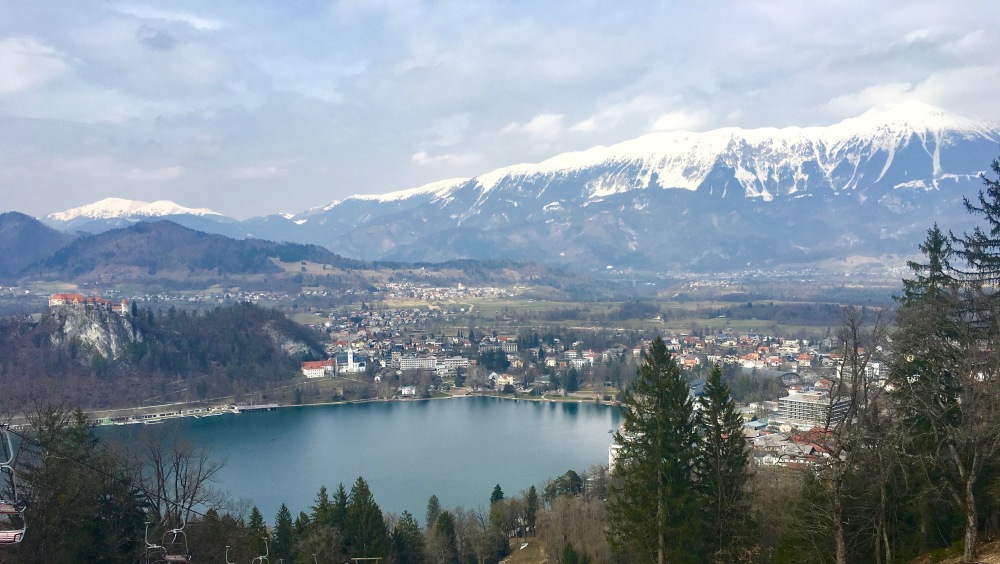
The mountains next to Lake Bled play host to ski slopes during the winter, but we visited in spring and, thus, found the slopes melting and deserted. We stood atop a framed platform that normally serves as a lookout point for skiers before they plummet down the mountain.
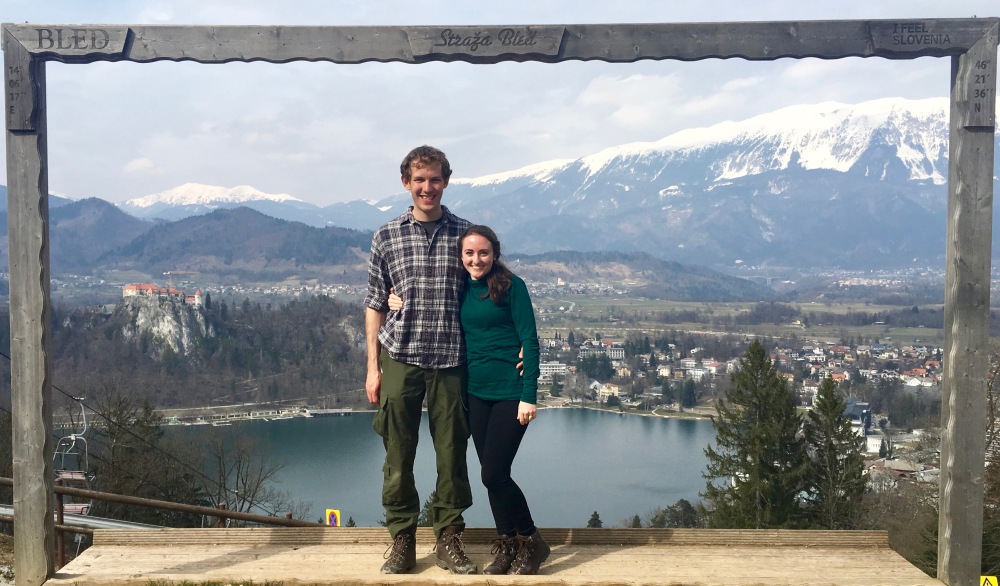
After trudging down the ski slope through the melting snow, we visited a cafe to try Lake Bled’s most famous delicacy: Bled Cream Cake (“kremšnita”).
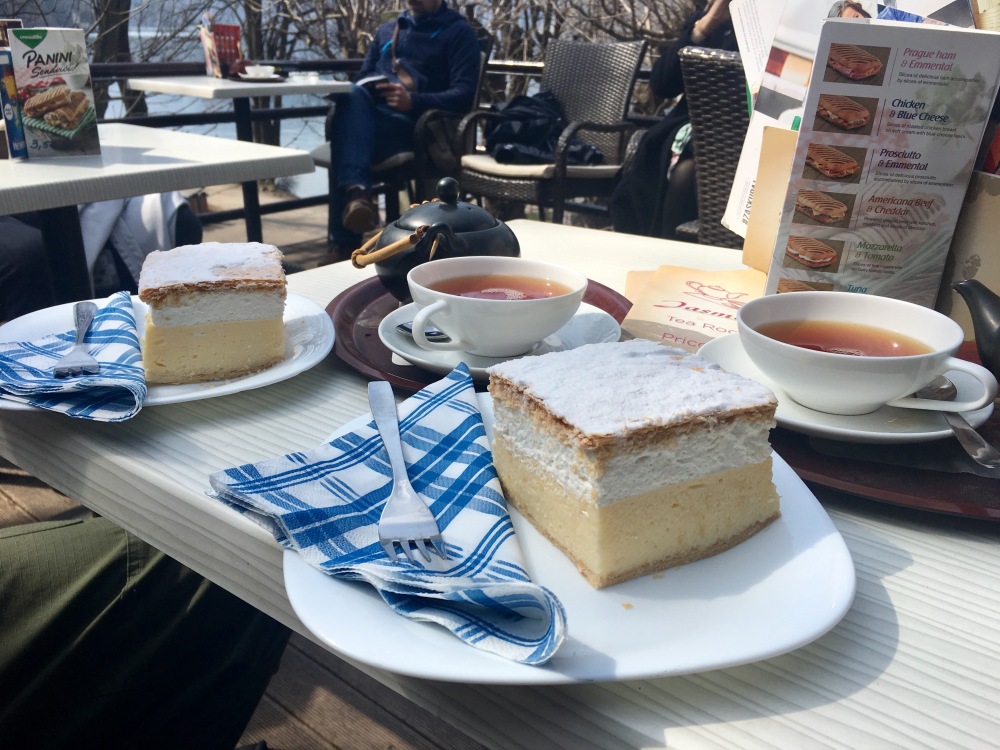
After a day spent hiking around the lake, my face sported a speckling of new freckles and my hiking boots displayed mud as a harbinger of new adventures that had been had. Freckles and boots in tow, we headed back to Ljubljana.
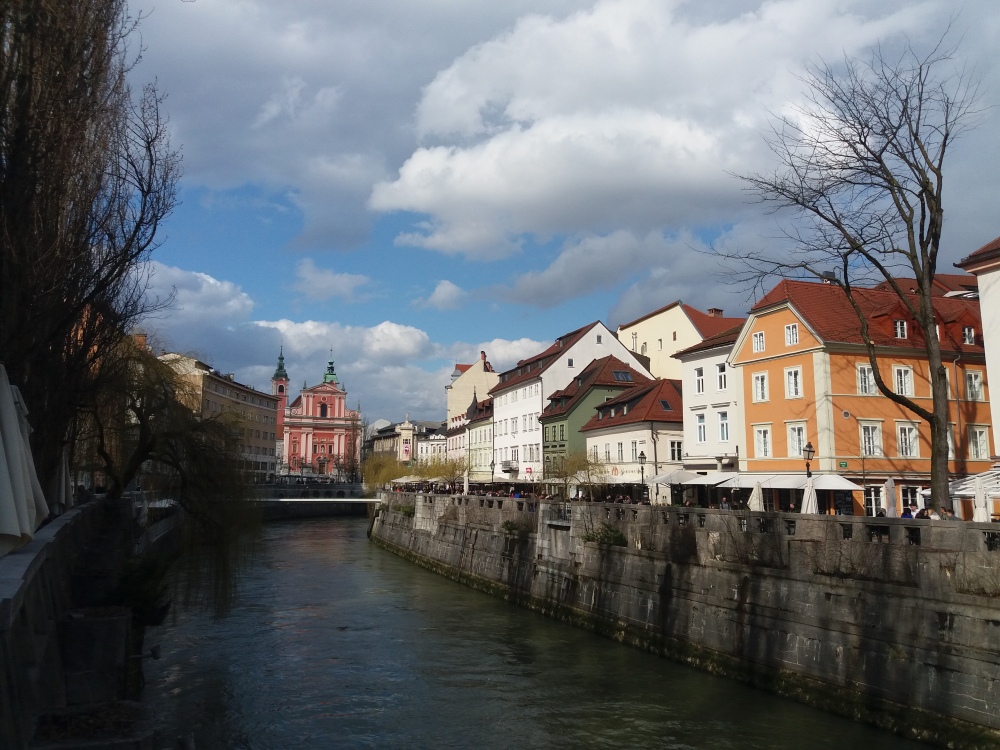
When I first arrived in Slovenia, I expected it to be difficult to navigate only knowing a few basic Slovene phrases. However, throughout my time there, I found Slovenia to be remarkably accessible for an English speaker. Most Slovenians speak English, and it is common for menus and maps to include an English translation alongside the Slovene text. English music is ubiquitous in Slovenia as well.
On our last day, we visited The National Museum of Slovenia. The museum’s claim to fame is that it holds the world’s oldest musical instrument: a 60,000 year old Neanderthal flute. It is at least 10,000 years older than other discovered flutes and provides evidence that the Neanderthals were developed beings capable of sophisticated artistic expression.
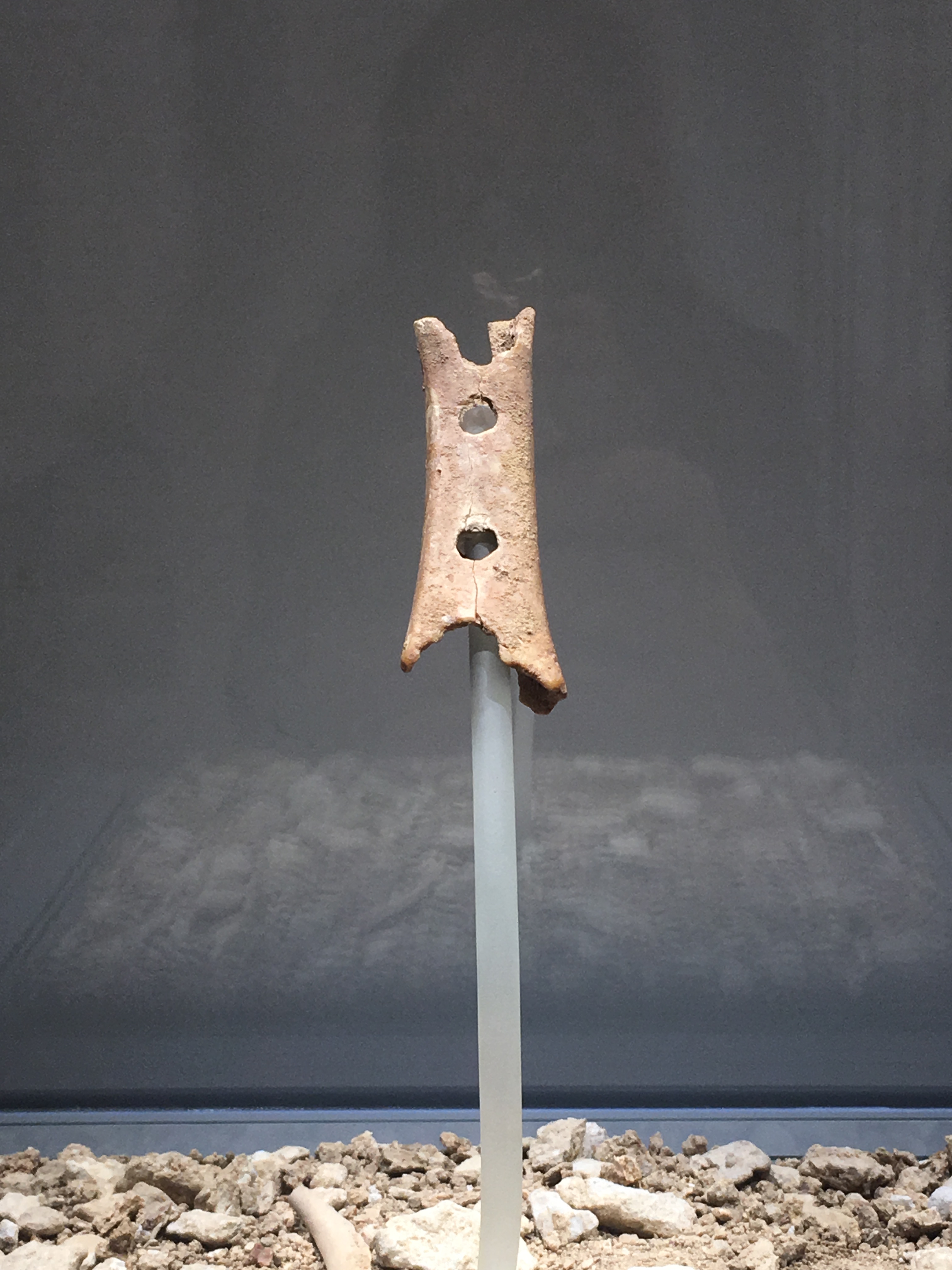
Lastly, I desired to try Potica, a traditional holiday cake in Slovenia. I had been looking forward to trying Slovenia’s traditional rolled dough cake with various fillings, such as nuts, and I waited until my last day to sample it.
Here is my excitement at the prospect of being about to try potica.
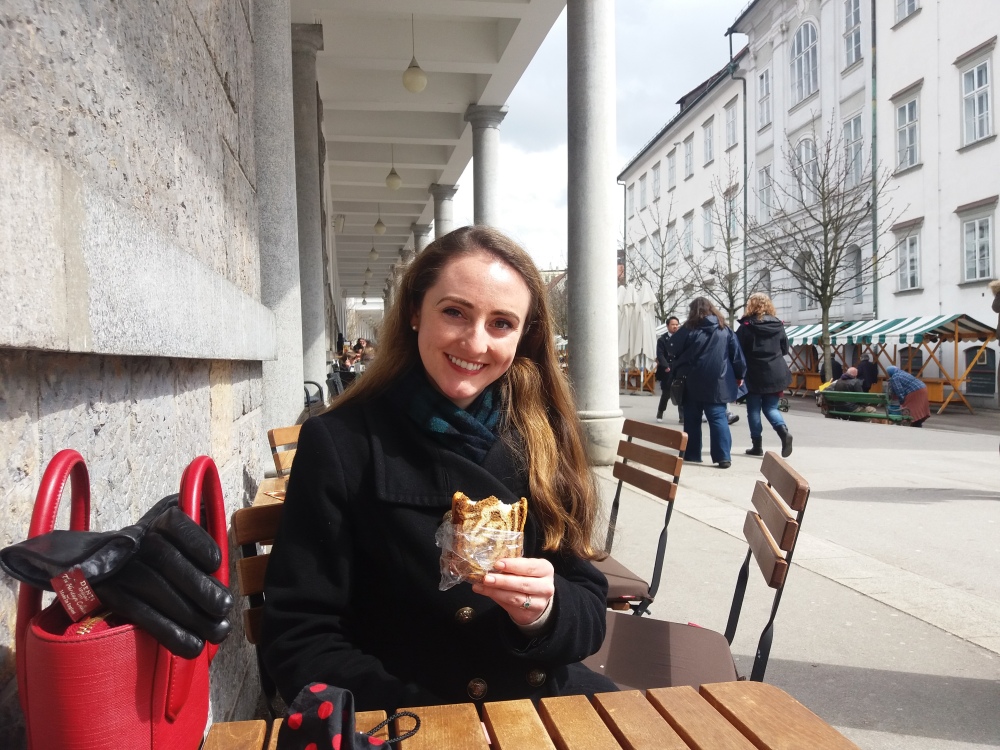
Here is the result of trying potica.
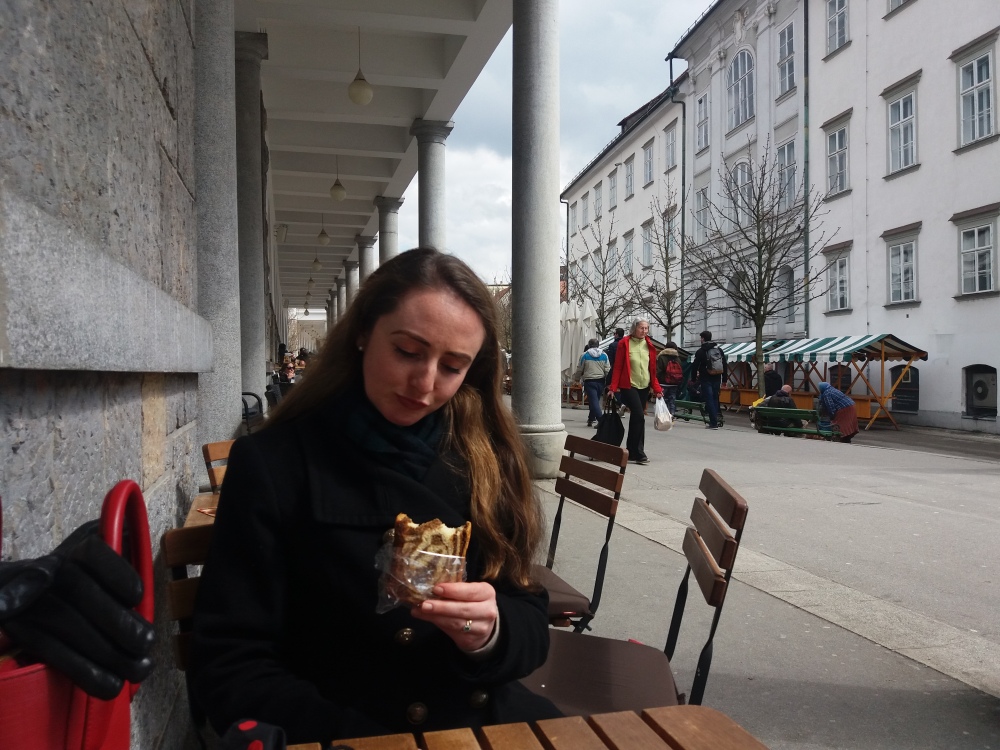
Rather dry and disappointing. Oh well. You win some, and you lose some, I suppose.
Despite the food being hit and miss, I found Slovenia to be an intriguing country. Slovenia seems eager to prove itself. It takes great pride in its identity as an independent nation and as a member of the EU. For instance, it displays the EU flag almost everywhere alongside the Slovenian flag. This is very different to other European countries. For instance, even before Brexit, one would rarely see Britain hang an EU flag alongside the Union Jack. Slovenia sees its EU membership as a mark of accomplishment. The EU flag represents the idea that “we’ve made it.”
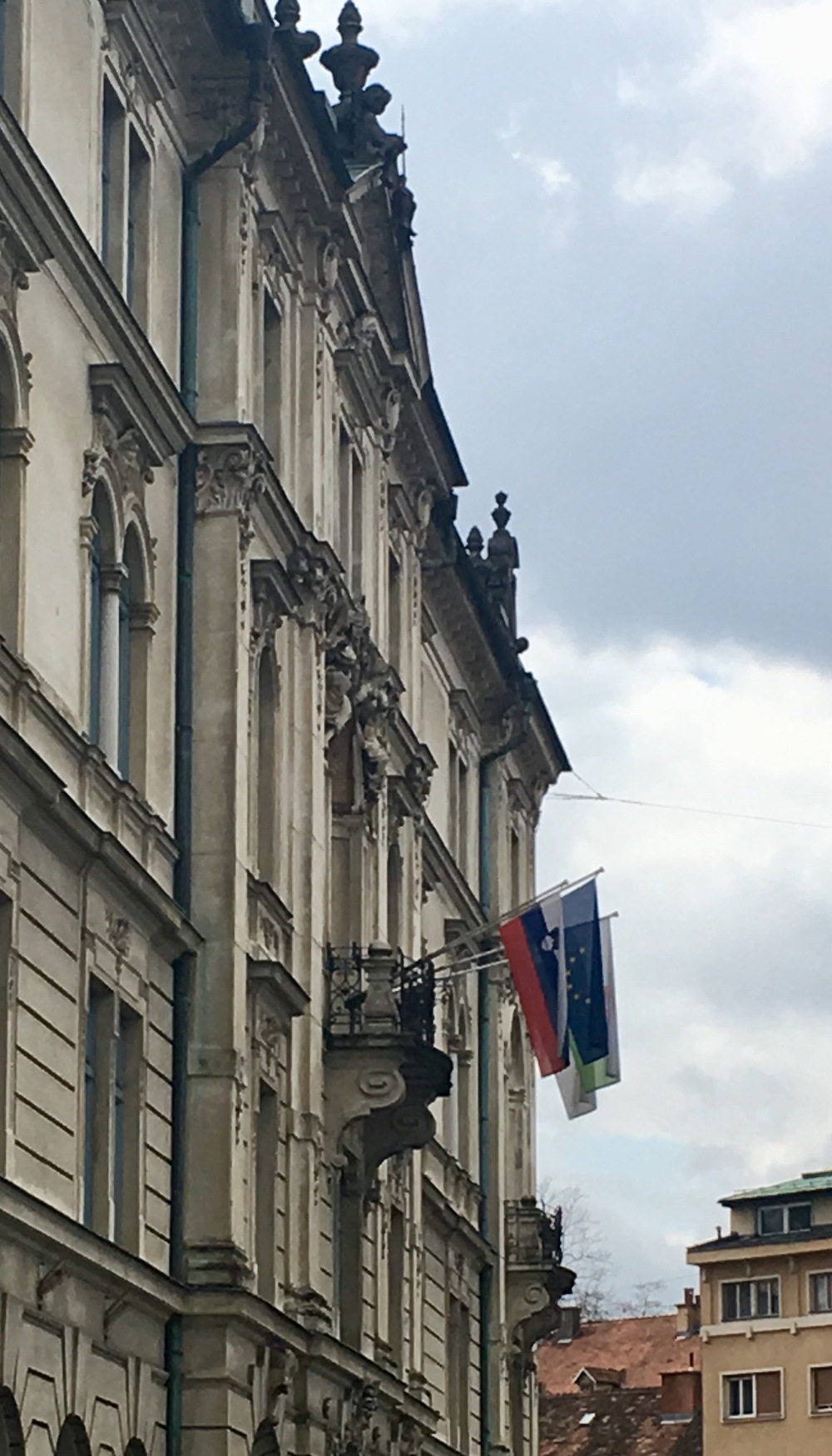
Since gaining independence in 1991, Slovenia is rapidly changing and developing, but my enduring image of it will always be Lake Bled, the natural oasis that has been there throughout all of Slovenia’s complicated past and will remain there no matter what its future holds.
~Farewell, Janelle
I see why Slovenia does not seem to have an obesity problem. However, the scenery is beautiful and the lake appears breathtaking. Love Menard
LikeLiked by 1 person